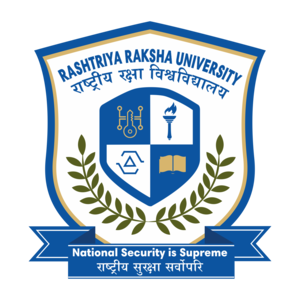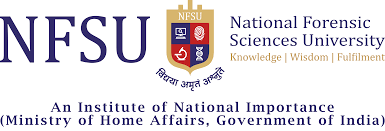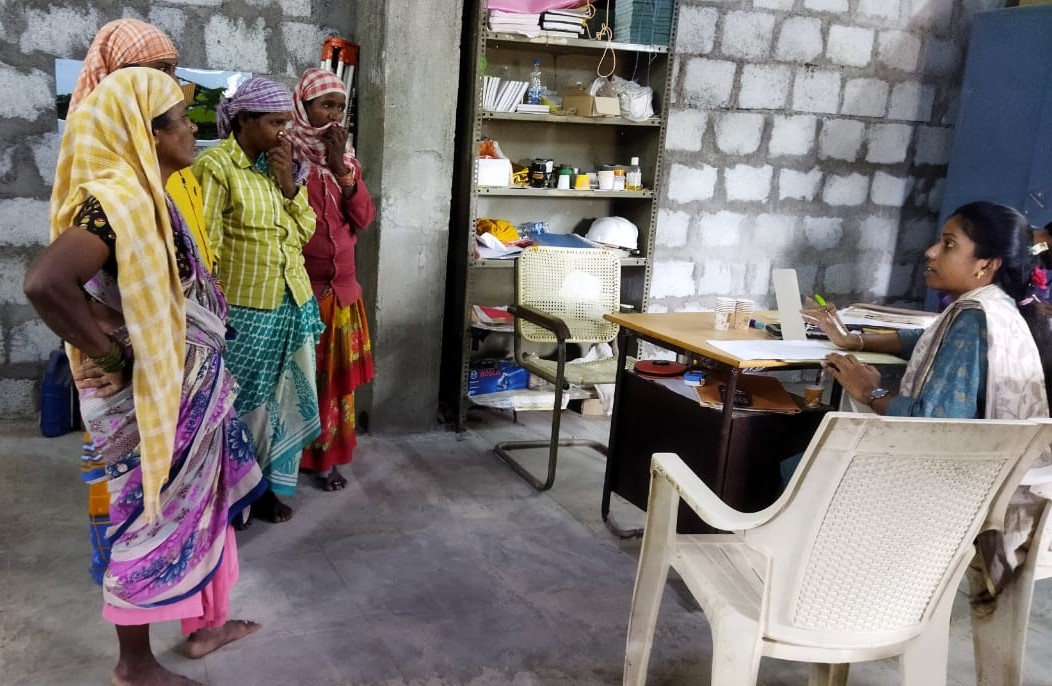Tribal Communities and Land Regulations
- Nikhilesh Koundinya
- June 25, 2020
Content :
India is one of the most tribal intensive countries in the world. There are many types of tribal population in India and for time immemorial they have faced discrimination and persecution. Only in the late 20th century did the government start looking into the tribal population which today stands at about 10 per cent of the Indian population. The Ministry of Tribal Affairs is the body that looks into the tribal people and makes legislations for them which helps end the persecution they have faced for so many years. Adding on to that the constitution does guarantee many rights to these tribals in the form of up liftment and land rights. The main document for defining these schedule areas is the fifth schedule of the constitution which is divided into seven paragraphs enunciating the need for such areas and the ingredients required to set up these areas. The paper further goes on to explain about the apex court’s rulings with consideration to these lands and the president’s power in setting up of these areas. Though there have been many steps taken to end the constant discrimination and alienation faced by these tribals yet they are the most impoverished and poor population in our country. The reasons for this are handled in the next part of the paper which includes precluding them from using natural resources, displacing them on the behest of industrial development etc. it also speaks about the problems with the ongoing legislations as they don’t cover requirements of the 21st century and look at the tribal problems and population from a myopic view. The paper emphasis on various steps that have been taken up by the ministry to tackle the problem of discrimination which relates to setting up of educational institutions for children, scholarship grants and general legislations which are being improved to provide more relief to the tribal population. The paper goes on to discuss the latest press notification given on the subject of land rights and the successive moves announced by the ministry to handle the land regulations concerning tribals. Lastly, it looks at suggestions and proposal for amendment in laws which will make the tribal problem a 21st century one.












